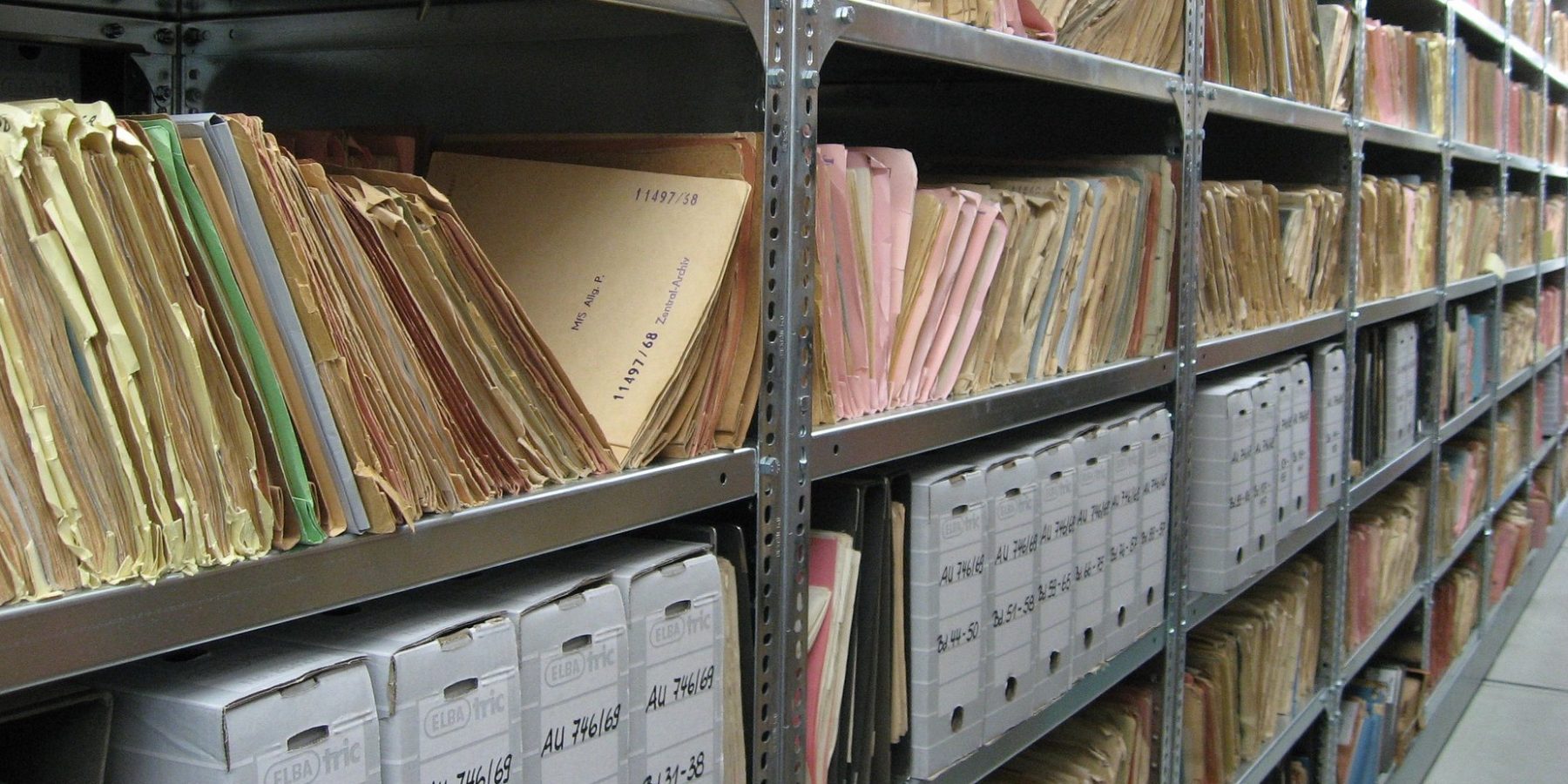Project Records

Project records are a useful source of quantitative and indeed qualitative data or data set (often containing numbers and statistics that institutions use to track activities, like the number of people trained in particular techniques.
These records may include:

- your original project proposal
- correspondence with your funder
- data gathered from monitoring
- minutes of meetings with staff/ beneficiaries/ stakeholders
- financial reports, annual reports
- any interim evaluations
- job descriptions of project staff
- timesheets
- inventory records
- documents relating to project work/ training (list of attendees, feedback questionnaires, workshop notes/ handouts, results of pre- and post-training quizzes, other baseline data …)
You may have to scour your own hand-written or typed-up notes or those of others for:
- core data on the numbers of people participating in events at the start and end of the project
- the results of any quizzes you may have set before or after your project
- the costings of your project
- your evidence of positive outcomes (malaria patients cured, boys and girls finding employment in a particular sector, exams passed etc).
- the dates of those events
Note that service provider or facility data includes school attendance or health care provider vaccination records (Save the Children Fund/ Open University). At the national level, the ten yearly census of an entire population can provide valuable data.
You will have to secure access to these records and that will require diplomatic skills, the good offices of local partners and a positive relationship with local stakeholders.
A participatory and inclusive approach to project design should help you to ensure local buy-in. This can be retained if you report back regularly to the project beneficiaries and local stakeholders on a regular basis and use these occasions to explain the benefits of your project, while also gently rebutting possible (often unfair) criticisms of that project from those most resistant to change.
Be aware of the ethical implications of accessing this data which is not anonymous. In theory, informed consent is required before using this data. In some developing countries, this may prove challenging. As such, it is up to you to ensure that the data is rigorously anonymised and to be absolutely certain that no harm will come to anyone as a result on any project report or evaluation that you write.
Data Protection

You may not have time to examine all the relevant data while in the field. If you can find a way of copying (with the consent of the relevant local partner or authority) the key pages of data then you may find it easier to pull together and analyse back at home.
Note that other sources of data may be available online, either from other NGOs (e.g. CARE, Oxfam, Secours Catholique) or from the local government of the host country or from think tanks (eg. Freedom House, Amnesty International), Northern aid agencies (eg. USAID, DFID) and international organisations (eg the UNDP Human Development Indicators).
For advice on verifying the quality of (statistical data), see UK Statistics Authority, pp. 24-32)
Where to next?
Click here to return to the top of the page, here to return to step 2 (Data Collection) and here to move on to step 3.